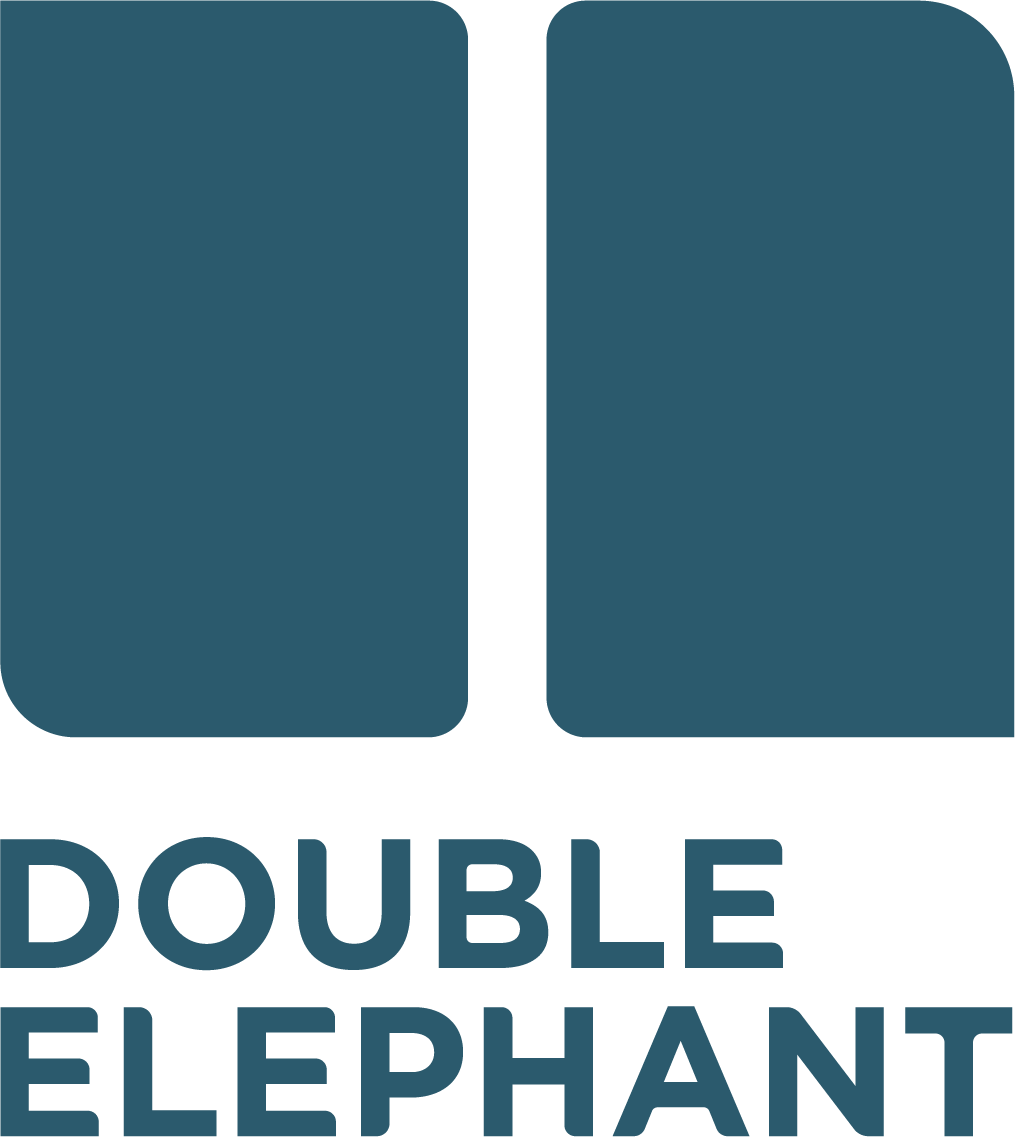
Printing with oil-based card with Mary Dalton
This simple course is designed for both experienced printmakers and who have never printed before. Mary guides us through the process of printing using a stencil, and shows us how the print can develop into a multiple layer reduction print. You don't need a press or a studio for this course!
"I really enjoyed Mary's videos on printing using stencils- a great way to print at home with minimal equipment. I don't have much space at home and was worried I'd get ink everywhere but Mary gave some great tips on making the most of the space you've got. It was fun trying out the different techniques and the videos explain things really clearly. I was so pleased with how my prints turned out! Will definitely be trying this again." - Sylvia, course participant
-
Oiled Stencil Card
Daler-Rowney Oiled Manilla Stencil Card (londongraphics.co.uk) In each workshop, one 15cm x 15cm piece of card was used. This size is of course changeable depending upon your own requirements. Ink Traditional oil based ink in black and colour was used. All supplied by Intaglio Printmaker.
For the colour in Workshop 2, I used Primrose Yellow, Phthalo Blue (green shade) and Sepia.
Paper
We were printing on 39gms Japanese Washi paper Atsukuchi. Tosa is also a good alternative. Awagami Atsukuchi Japanese Paper | 50,000+ Art Supplies | Your Art Superstore (greatart.co.uk)
Roller
In the workshops a hard rubber roller was used. I always use Hawthorn Printmaker for my rollers and get the highest quality I can afford. The below is a great roller that will last many a year and easy to clean. Used across printmaking processes, so well worth the investment.
Printing Student Roller (Medium Rubber) by Hawthorn Hawthorn PrintmakersPrinting Barren
Use a wooden spoon or similar wooden printing barren that has a hard surface.
Sundry Items
Craft knife/scalpel, cutting mat, pencil, tissue paper, vegetable oil, rags for clean up, soap and water.
Print Room Set Up
You will need a roll out surface. I use plastic as the top to my plan chest, and so an old acrylic picture glazing sheet is ideal. You can also use a heavy weight glass sheet. If neither is available, tape down a side of a cereal packet, shiny side up and this does a decent job as a temporary roll out surface. You will also need another area to roll up ink upon your stencil. Use old newspaper underneath and then you can use the same surface as a clean area to print your work. It is all possible in a very small space.
Mary Dalton is an internationally-recognised and award-winning artist and printmaker. She is the founder of the award winning Washroom Press and a regular tutor at West Dean College of Arts and Conservation and Ochre Print Studio.
Alumni of the Royal College of Art, Mary has a wealth of teaching experience in many areas of printmaking. Her work features in collections including the Tate Library, Imperial War Museum, V&A and the British Library. She was trained by master printmakers Alan Smith, Robin Smart and Stanley Jones MBE.


